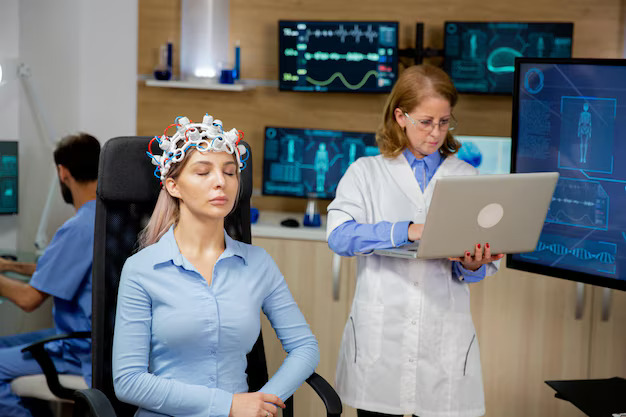How RAG Chatbots Help Healthcare Providers Manage High Volumes of Patient Inquiries
Cut patient inquiry costs by 90%—RAG chatbots boost care, cut wait times, and drive efficiency!
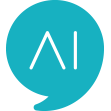

Healthcare providers face an unprecedented surge in patient communication demands. With U.S. healthcare spending reaching USD 4.5 trillion in 2022 and averaging USD 13,493 per person, the pressure to deliver efficient, accessible healthcare services has never been greater.
Traditional call centers and front-office teams struggle to maintain service quality during peak periods without incurring overtime costs or hiring additional staff. Enter Retrieval Augmented Generation (RAG) technology—a groundbreaking AI Innovation that's transforming how healthcare organizations handle patient inquiries while maintaining the human touch that's essential in medical care.
Top RAG Tools to Boost Your LLM Workflows in 2025. Read more here!
The Growing Volume Challenge in Healthcare Communication
Healthcare facilities across the United States are experiencing a constant deluge of patient communications. Research indicates that medical practices regularly face fluctuating call volumes caused by seasonal illnesses, public health events, insurance enrollment periods, and routine follow-up appointments.
Medical practices regularly face changes in call volume caused by factors like seasonal illnesses, public health events, insurance sign-up periods, and follow-up appointments. Traditional call centers and front-office teams often find it hard to keep service quality steady during busy times without paying overtime or hiring more staff.
The financial impact is staggering. Studies have shown that 70% of physicians said they spend 10 hours or more on paperwork. That time dedicated to administrative tasks extends to everyone in the office and reduces face-to-face time with patients. This administrative burden not only increases operational costs but also detracts from direct patient care—the core mission of healthcare providers.
Understanding RAG Technology in Healthcare Context
Retrieval Augmented Generation represents a fundamental shift in how AI in healthcare processes and responds to patient inquiries. Unlike traditional chatbots that rely on pre-programmed responses or static datasets, RAG Chatbots dynamically retrieve information from external knowledge bases during user interactions, then generate contextually relevant responses.
RAG is an AI framework that enhances LLMs by retrieving and incorporating external knowledge at runtime. Unlike traditional LLMs that rely solely on pre-trained datasets, RAG dynamically searches trusted sources such as medical literature, clinical guidelines, and electronic health records (EHRs) before generating a response.
This approach addresses a critical limitation in healthcare communication: the need for up-to-date, domain-specific information that traditional Medical AI systems often lack.
Exploring the Power of Retrieval-Augmented Generation (RAG) for Mental Health Chatbots. More here!
The Technical Architecture Behind Healthcare RAG Systems
The implementation of RAG in healthcare follows a sophisticated four-step process that ensures accuracy and reliability:
- Create embeddings: Documents are converted into numerical vectors and ingested into a vector database, requiring significant data cleansing and formatting
- Submit queries: Users input questions in natural language
- Similarity search: An orchestrator performs vector similarity searches to retrieve relevant medical data and context
- Response generation: The system sends the query and context to the LLM for generating accurate responses
From the user's perspective, Syed says, using RAG is like interacting with any LLM. "However, the system knows much more about the content in question and provides answers that are fine-tuned to the organization's knowledge base," he adds.
.png)
Quantifiable Benefits for Healthcare Operations
Labor Cost Reduction and Operational Efficiency
The financial benefits of implementing RAG Chatbots in healthcare are substantial. Research shows AI tools can reduce these costs by up to 90% by taking over common repetitive tasks like answering FAQs or checking appointment slots. This dramatic reduction occurs because fewer human agents are needed for routine patient contacts, significantly lowering salary and overtime expenses.
Major U.S. healthcare facilities have reported up to a 40% boost in operational efficiency after implementing these systems, according to Statista. The scalability advantage is particularly noteworthy—AI Chatbots can handle multiple inquiries simultaneously, something even large human teams struggle to achieve consistently.
Enhanced Patient Engagement Metrics
The impact on patient engagement is measurable and impressive. AI chatbots boost patient engagement and reduce clinician workload, with engagement rates over 90% for patients who are enrolled and adherence rates as high as 97% for patients enrolled in care plans. This level of engagement significantly surpasses traditional patient communication methods.
Some systems achieve over 90% engagement rates and adherence rates as high as 97% for patients enrolled in care plans. These metrics demonstrate that patients not only accept Healthcare Chatbot interactions but actively engage with them when the technology is properly implemented.
Financial Impact and Cost Savings
The economic benefits extend beyond labor savings. A Juniper Research report indicated that annual cost savings from chatbot adoption in healthcare reached $3.6 billion globally by 2022, a significant jump from $2.8 million in 2017. This growth is projected to average 320% per year.
Additionally, AI-driven chatbots are expected to save the healthcare industry $3.6 billion globally by 2025, highlighting their significant impact on reducing operational costs.
How Retrieval-Augmented Generation (RAG) Supports Healthcare AI Initiatives. Read here!
Real-World Applications and Use Cases
Appointment Management and Patient Triage
Healthcare Chatbots excel in managing routine administrative tasks. Northwell Health, New York's largest healthcare provider, implemented an AI chatbot that reduced their call center volume by 50%. The chatbot handles appointment scheduling, rescheduling, and cancellations, freeing up staff to focus on more complex patient needs.
The sophistication of modern RAG systems allows for intelligent patient triage. Boston Children's Hospital developed a chatbot named KidsMD, which helps parents schedule appointments based on their child's symptoms. The bot asks a series of questions about the child's condition and recommends whether an appointment is necessary.
Medication Management and Clinical Support
Express Scripts, a pharmacy benefit manager, developed a chatbot that checks for potential drug interactions. Patients can input their current medications and any new prescriptions, and the bot alerts them to possible conflicts.
The clinical impact is significant: Walgreens implemented a chatbot that sends personalized medication reminders to patients. The bot adapts its communication style based on patient preferences and even provides motivational messages to encourage adherence. Since its implementation, Walgreens has reported a 20% increase in medication adherence among users.
Specialized Medical Applications
AI in medicine has shown particular promise in specialized areas. Memorial Sloan Kettering Cancer Center implemented a chatbot to support cancer patients undergoing chemotherapy. The bot provides tailored advice on managing side effects, tracks symptoms, and alerts healthcare providers if intervention is needed. This has resulted in fewer emergency room visits and improved patient satisfaction.
.png)
Market Growth and Adoption Trends
The healthcare chatbot market is experiencing explosive growth. The healthcare chatbots market is gaining impressive momentum, with the global market size projected to reach 1.49 billion in 2025, and soaring to an estimated USD 10.26 billion by 2034. This growth, driven by a compound annual growth rate of 23.92%, highlights the rapid expansion of the industry.
Regional Leadership and Technology Adoption
North America continues to lead the charge, accounting for 38.1% of the market share in 2022. This dominance is primarily due to the region's strong healthcare infrastructure, widespread adoption of Internet of Things technologies, and the prevalence of smartphones.
Current Adoption Statistics
Industry surveys reveal varying levels of AI adoption across healthcare organizations.
According to the 2024 Generative AI in Healthcare Survey, 35% of healthcare companies are not actively considering AI solutions, while 21% are exploring potential use cases. Interestingly, 19% are experimenting with AI models but haven't yet moved them into production.
However, adoption is accelerating, with approximately 19% of medical group practices have integrated chatbots or virtual assistants for patient communication - a growing trend in digital health adoption.
Addressing Healthcare-Specific Challenges
Data Privacy and HIPAA Compliance
Healthcare organizations face unique regulatory requirements that RAG Chatbots must navigate carefully. Patient privacy rules under HIPAA add complexity, requiring secure and compliant systems for handling calls. Modern AI in healthcare systems address these concerns through robust encryption, access controls, and transparent data handling practices.
Managing Complex Medical Information
The challenge of handling nuanced healthcare questions requires sophisticated Medical AI capabilities. A 2024 study from Mayo Clinic found accuracy rates of less than 40% for prompts on ChatGPT, Microsoft Bing Chat and Google Bard AI compared with in-depth literature searches for questions on kidney care.
RAG technology specifically addresses this limitation by ensuring that responses are grounded in current medical literature and institutional guidelines rather than relying solely on pre-trained model knowledge.
Quality Assurance and Clinical Oversight
Healthcare providers implementing RAG Chatbots emphasize the importance of clinical oversight. This hybrid approach ensures that AI Innovation enhances rather than replaces human medical expertise.
Technical Implementation Considerations
Vector Database Management
The effectiveness of RAG systems depends heavily on the quality of their knowledge repositories. "The most critical thing isn't the AI but the knowledge repository you hook it up to," Stroum says. A RAG pipeline is easy to create with just a few clicks. The challenge is scrutinizing that knowledge base; addressing multiple versions of the same document, for example, or dealing with outdated documents such as expired contracts.
Integration with Existing Healthcare Systems
Modern Healthcare Chatbots require seamless integration with multiple healthcare technologies. Integration with Electronic Health Records (EHR), Appointment Scheduling Systems, Patient Management Systems, Telemedicine Platforms, Pharmacy Systems, Billing and Insurance Systems, Health Information Systems (HIS), Wearable Devices and Health Trackers, and Clinical Decision Support Systems (CDSS).
Future Outlook and Emerging Trends
Advanced Conversational Capabilities
The future of AI Chatbots in healthcare points toward more sophisticated interactions. Today, RAG chatbots are primarily used to deliver reliable, contextual, and quick answers to questions. In the future, they might be used to recommend appropriate actions to user prompts and contextual information.
Predictive Healthcare Analytics
RAG technology is evolving to support predictive healthcare applications. Predictive analytics forecast peak call times based on past trends and real-time data. This helps in planning staff schedules and allocating resources wisely.
Enhanced Personalization
Future Medical AI systems will leverage RAG for hyper-personalized patient care. RAG allows organizations to "curate more diverse, representative knowledge bases" and enables users to trace responses back to the source of information.
Conclusion
RAG Chatbots represent a transformative solution for healthcare providers struggling with high-volume patient inquiries. By combining the power of Retrieval Augmented Generation with domain-specific medical knowledge, these systems deliver measurable improvements in operational efficiency, cost reduction, and patient satisfaction.
The technology addresses fundamental challenges in healthcare communication while maintaining the accuracy and trust essential in medical settings. With market projections indicating continued exponential growth and increasing adoption rates across healthcare organizations, RAG technology is positioned to become a cornerstone of modern healthcare delivery.
As healthcare providers continue to face mounting pressure to deliver accessible, efficient care while managing costs, RAG Chatbots offer a scalable solution that enhances rather than replaces human medical expertise.
The evidence demonstrates that when properly implemented with appropriate clinical oversight and robust data management, these AI Innovation tools significantly improve both provider operations and patient experiences.
Ready to Cut Patient Inquiry Costs by 90% with RAG Technology?
With healthcare spending at $4.5 trillion and patient communication volumes surging, your organization needs intelligent automation. Makebot's advanced RAG chatbots deliver the 40% operational efficiency gains and 97% patient adherence rates that leading healthcare providers are achieving—while maintaining HIPAA compliance and clinical accuracy.
Experience the power of hybrid RAG technology with over 100 original patents. Transform your patient communication today.
Discover RAG solutions: makebot.ai | Healthcare RAG inquiries: b2b@makebot.ai

Studies Reveal Generative AI Enhances Physician-Patient Communication








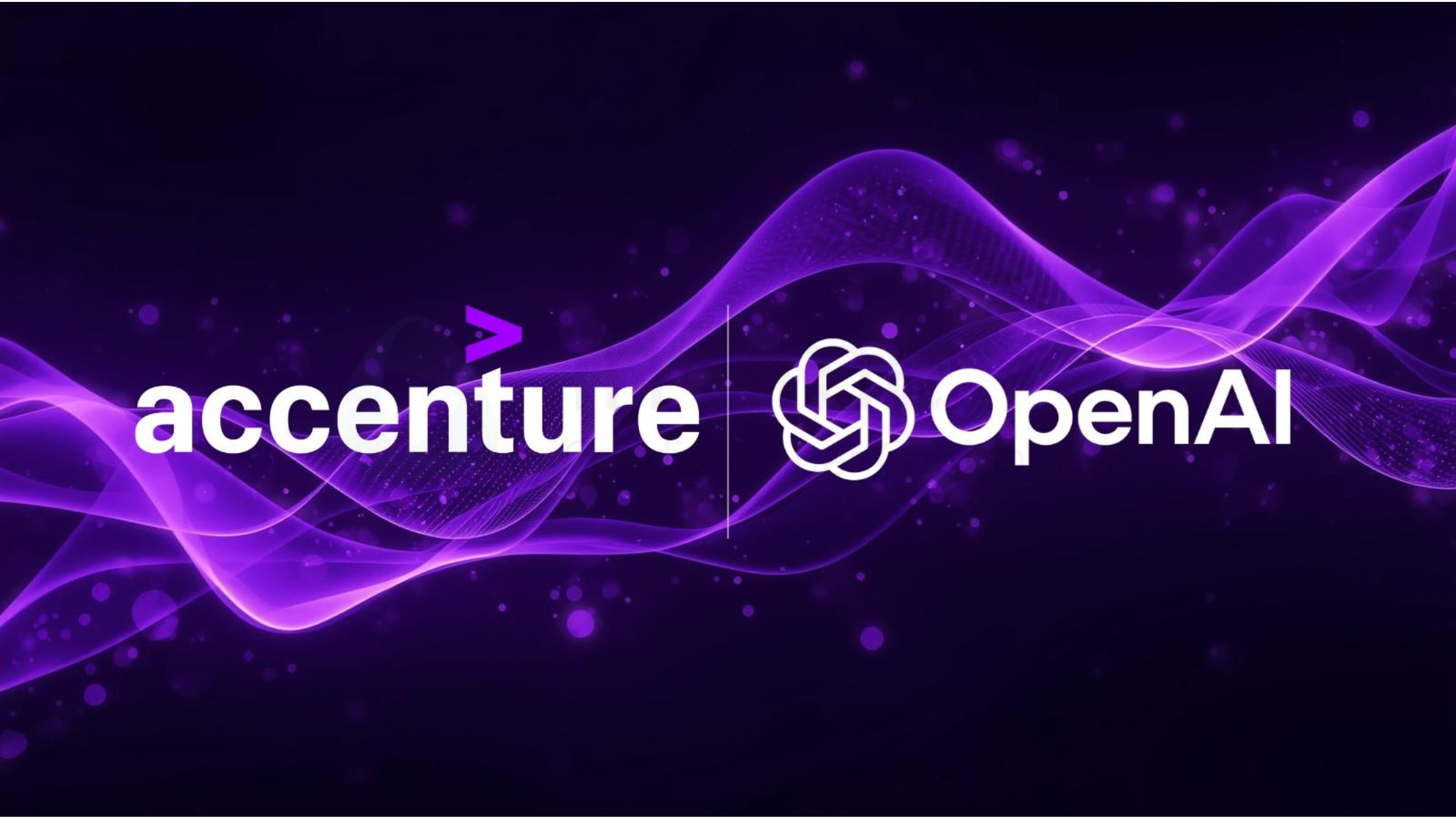
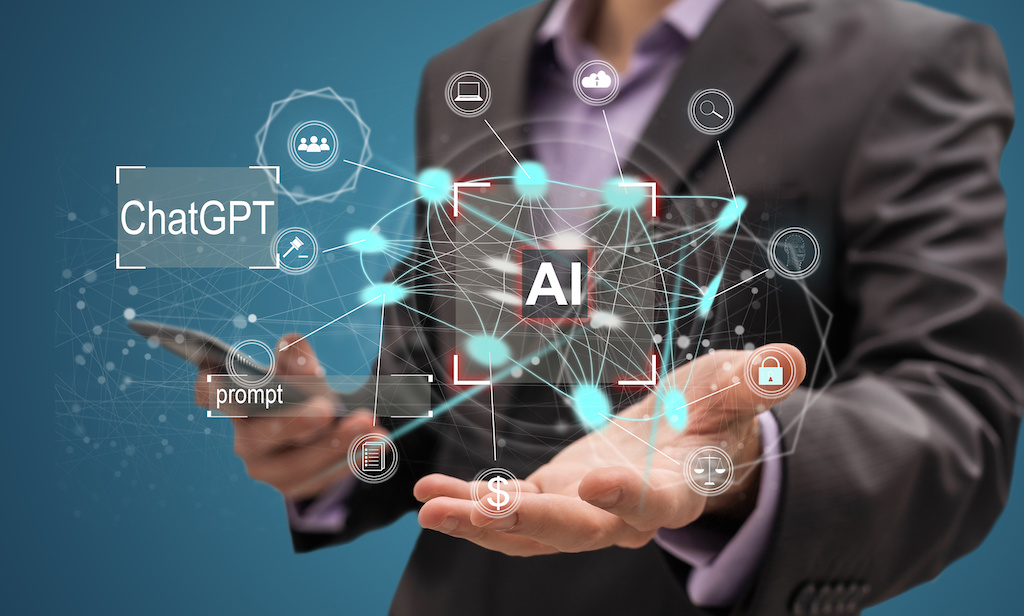
















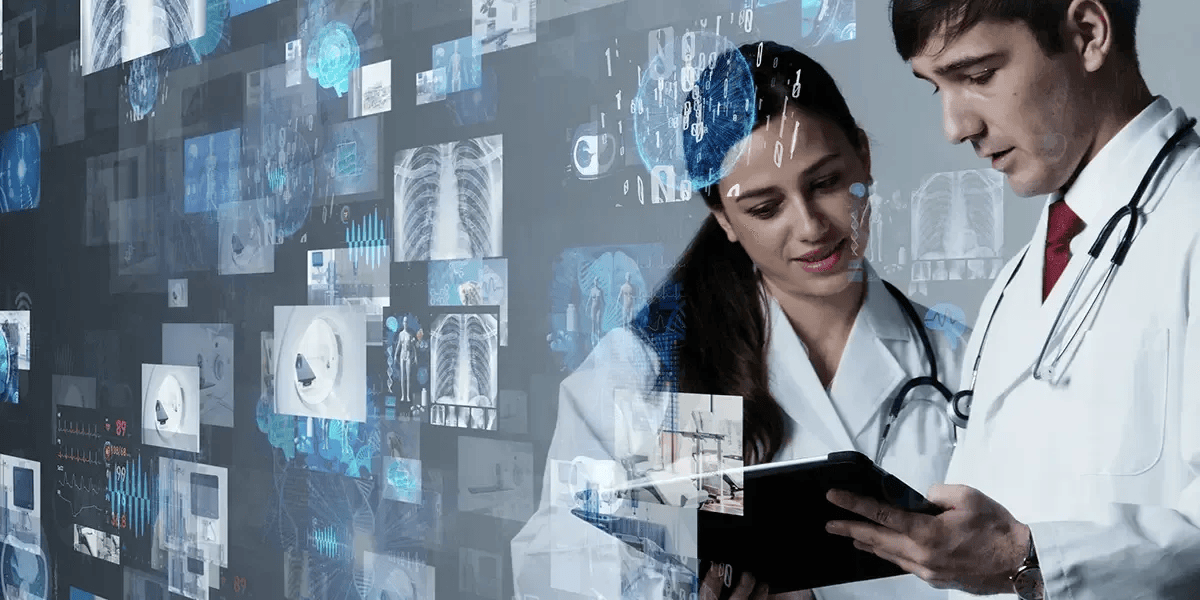



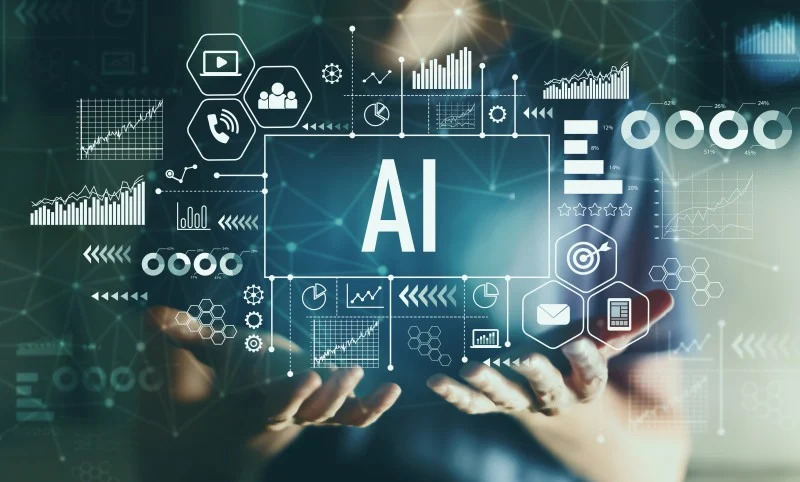









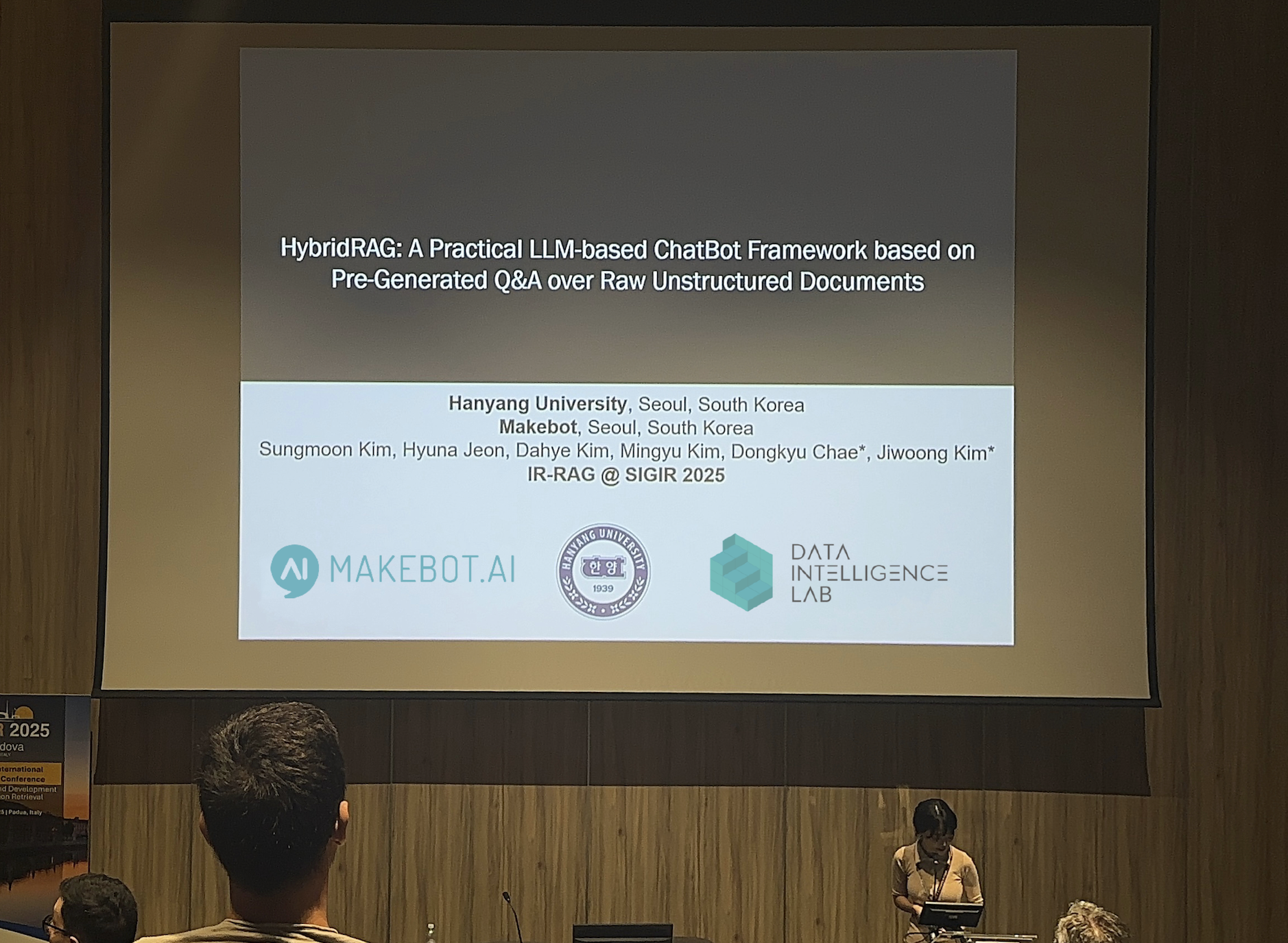








_2.png)


















.jpg)













